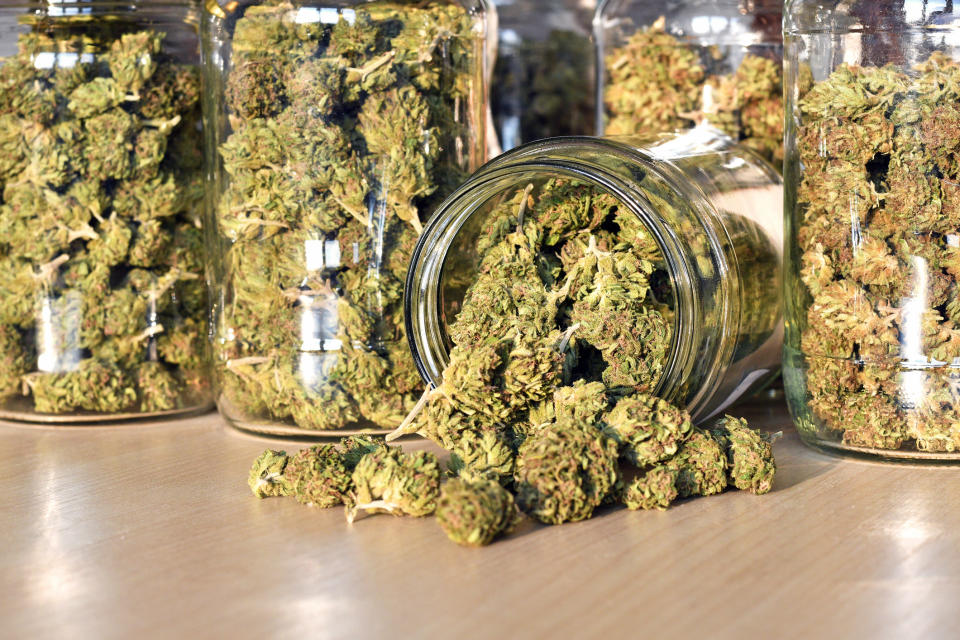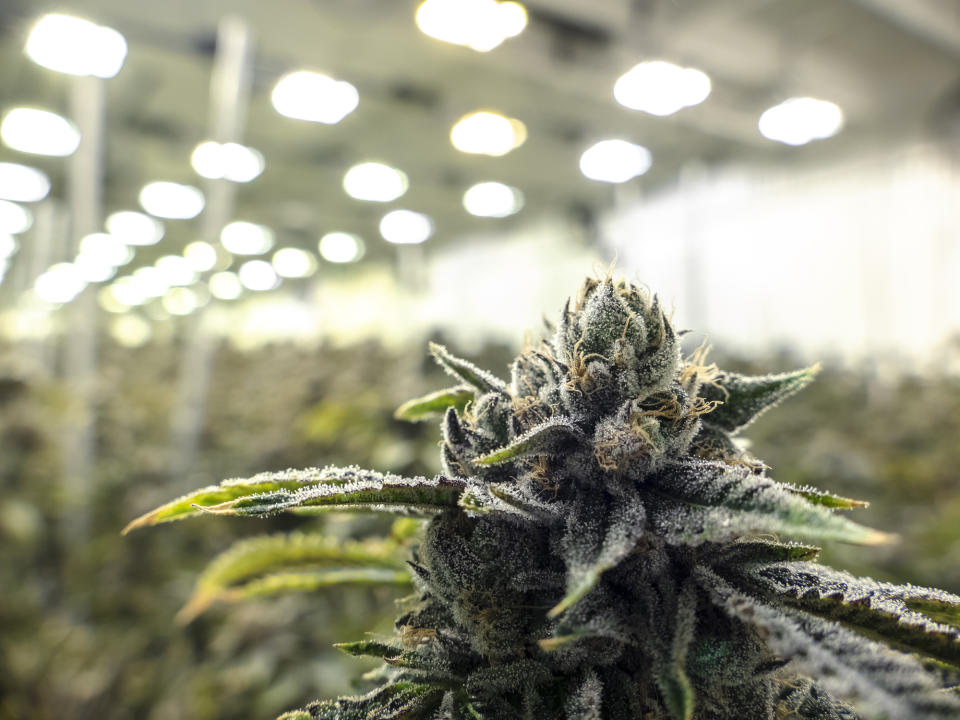3 Puny Pot Stocks That Can Grow a Whole Lot of Weed
Production isn't everything when examining cannabis stocks, but it's probably the first factor a lot of investors consider when beginning to analyze the space. There's long been the idea that higher levels of production will lead to better profitability, which isn't always the case.
Nevertheless, it should come as little surprise that some of the most popular pot stocks are those considered to be top growers. Aurora Cannabis (NYSE: ACB), the projected leading grower by peak capacity with over 660,000 kilos per year when fully operational, is the most-held stock on online investing app Robinhood, which is popular among millennial investors. Meanwhile, Canopy Growth is the 11th-most-held stock on Robinhood, and is the largest marijuana stock by market cap. Canopy will likely slot in as the second-largest producer at over 500,000 kilos a year.
But what you might not realize is that there are some relatively puny pot stocks out there that can grow a whole lot of weed. Here are three examples.

Image source: Getty Images.
Flowr Corp.
Until recently, Flowr Corp. (NASDAQOTH: FLWPF) was a midtier producer that mostly flew under the radar. The company's Kelowna campus in British Columbia is angling to produce at least 50,000 kilos of cannabis a year at full capacity. The catch is that Flowr's dried output will be of premium or ultra-premium quality. With most growers focusing on quantity over quality, Flowr should be able to stand out with strong pricing power and reasonably low levels of competition.
Adjacent to the company's core premium-growing greenhouses is the Flowr Forest, which will consist of 42 planned greenhouses, each of which will total 4,500 square feet. There will also be 150,000 square feet for outdoor growing. Most of this outdoor-grown cannabis will likely be used for its extract potential in making high-margin derivative products.
While this all sounds great, 50,000 kilos of premium and ultra-premium flower, plus approximately 339,000 square feet of Flowr Forest grow, don't exactly put it in elite company. That is, until Flowr made a major acquisition in June.
Last month, it announced that it would acquire the interest in Holigen that it didn't already own (about 80.2%). Holigen is based in Europe, which gives Flowr instant access to the burgeoning European medical marijuana market. But more important is Holigen's Aljustrel outdoor-growing facility that spans 7 million square feet. When fully operational, Aljustrel is capable of more than 500,000 kilos a year of outdoor-grown weed. Even though outdoor-grown cannabis isn't usually of the highest quality, it should provide Flowr with an ample supply for extracts that can be used to make high-margin derivatives. This acquisition makes Flowr a major global pot grower, which isn't too bad for a company with a market cap of $387 million.

Image source: Getty Images.
Zenabis Global
Another puny pot stock that could surprise in the growth department is Zenabis Global (NASDAQOTH: ZBISF). Despite a $222 million market cap as of this past weekend, Zenabis projects as a top-10 cannabis grower.
It is currently working on maximizing six facilities, four of which are devoted to growing weed, with the other two handling propagation and industrial hemp production. The bulk of its potential will come from Atholville in New Brunswick, and Langley in British Columbia. Atholville should soon reach its peak annual run rate of 34,300 kilos per year. Meanwhile, Langley should be producing as much as 96,100 kilos on a run-rate basis by as early as August.
But here's the catch: Langley's expansion is just beginning, and consumer demand will really wind up dictating how aggressive Zenabis gets with its flagship production facility. Langley sits on nearly 4.3 million square feet of land, with a facility that could be expanded to a whopping 2.1 million square feet. According to Zenabis, if it were to completely build out Langley, it could generate up to 426,000 kilos of cannabis per year. When added to its other grow farms, Zenabis Global would be capable of nearly 479,000 kilos of output per year!
As you can probably tell by the company's diminutive market cap, investors are still a bit skeptical of its ability to secure all the financing it'll need to complete such an aggressive project, as well as build up its brands to stand out in a highly competitive space. But if Zenabis can get the job done, it would be one of the world's largest weed growers.

Image source: Getty Images.
CannTrust Holdings
Although it wasn't puny until recently, Ontario-based CannTrust Holdings (NYSE: CTST) fits the bill, too.
Unlike Zenabis, which has seen its stock dragged down by potential funding and/or dilution concerns, CannTrust's woes of late are the result of blatantly not complying with Canadian cannabis regulations. Last week, investors learned that CannTrust had grown and sold cannabis from five unlicensed rooms for a period of six months, and that the company may have gone through extensive efforts to skirt detection by regulatory agency Health Canada. Without question, CannTrust presents unique challenges that justify why its market cap has retraced all the way to $362 million.
But if it winds up keeping its production license, it'll be in line to deliver substantial quantities of marijuana over the next few years. Between its smaller Vaughan facility and Niagara campus, CannTrust has 100,000 kilos of peak production potential via hydroponic growing.
The company also announced plans in late March to acquire up to 200 acres for outdoor growing. This could produce 100,000 to 200,000 kilos per year, depending on the acreage it buys or leases. Altogether, that's up to 300,000 kilos of peak annual output, with the outdoor grow being devoted almost entirely to extracts and derivatives.
To be clear, Aurora Cannabis' and Canopy Growth's seats at the head of the production table aren't in question here. But take note that market cap alone isn't necessarily indicative of peak cannabis production potential.
More From The Motley Fool
Sean Williams owns shares of CannTrust Holdings Inc. The Motley Fool recommends CannTrust Holdings Inc. The Motley Fool has a disclosure policy.

 Yahoo Finance
Yahoo Finance 